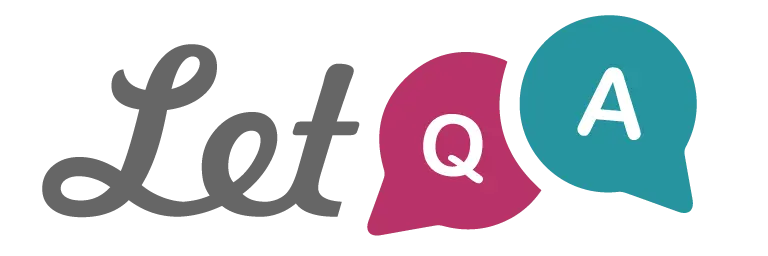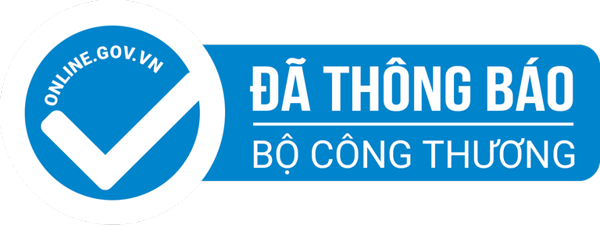Tổng Hợp Câu Hỏi Trắc Nghiệm Ôn Tập Tiếng Anh Chuyên Ngành CNPM - Đại Học Điện Lực EPU (Miễn Phí, Có Đáp Án)
Tổng hợp bộ câu hỏi trắc nghiệm ôn tập Tiếng Anh chuyên ngành Công nghệ Phần mềm (CNPM) dành cho sinh viên Đại học Điện lực (EPU). Bộ đề hoàn toàn miễn phí, có đáp án chi tiết, giúp bạn ôn luyện từ vựng và thuật ngữ chuyên ngành CNPM hiệu quả. Với nhiều dạng câu hỏi phong phú và lời giải thích cụ thể, đây là tài liệu ôn tập hữu ích giúp sinh viên chuẩn bị tốt cho kỳ thi và nâng cao trình độ Tiếng Anh chuyên ngành.
Từ khoá: trắc nghiệm Tiếng Anh chuyên ngành CNPMĐại học Điện lực EPUđề thi Tiếng Anh CNPM có đáp ánôn tập Tiếng Anh chuyên ngành CNPM miễn phícâu hỏi trắc nghiệm CNPMôn luyện Tiếng Anh chuyên ngành Công nghệ Phần mềmtài liệu Tiếng Anh CNPMđề thi EPU
Bộ sưu tập: Tuyển Tập Bộ Đề Thi Trắc Nghiệm Môn Tiếng Anh Trường Đại Học Điện Lực (EPU) - Có Đáp Án
Câu 1: Software can be _________by a method, such as functional decomposition, object-oriented design or data structure design.
Câu 2: “A software system may be large and complex. The software must be constructed from (...)”
Câu 3: We will see that, in dividing the work into a series of distinct activities, it _____ the work is carried out strictly in sequence.
Câu 4: The goals that software development seeks to achieve are:
A. low cost of production and maintenance
Câu 5: Requirements analysis is
C. to find out what the client, customer or user needs
Câu 6: A tester is a person who has been ______ to test programs.
Câu 7: This happens at the end of the project when the software is deemed complete, _____ its client and accepted by them as satisfactory.
Câu 8: Fill in the blank
A. “Applications software can be (…) more quickly than systems software”
Câu 9: A programming language is
B. used to write software
Câu 10: “In either case, maintenance is usually regarded as a nuisance, both by managers, who have to make sure that there are sufficient people to do it, and by (...), who regard it as less interesting than writing new programs”
Câu 11: The plan of action is known as a process model. It is a plan of what ______ taken as the development proceeds.
Câu 12: In OOP, a object can be created from a
Câu 13: Which of the following is true about Object-oriented programming?
A. using objects to represent data structure design
B. methods and data are strongly related and are grouped together into an object.
C. functional decomposition
Câu 14: Consultants ______ guide an organization in using the methodology.
Câu 15: “Users (...) about technicalities, whereas the software engineer expects detailed instructions”
Câu 16: “The millions of lines of program written in what many people consider to be outdated programming languages (like Cobol) constitute what are known as (...)”
Câu 17: Such a package ______, say the XYZ methodology, and is often marketed by a corporation, together with books, manuals and training.
Câu 18: JAVA language is a
A. low-level programming language
B. medium-level programming language
C. high-level programming language
Câu 19: If there is some other way of accomplishing the same task, ______, then it is necessary to compare the two costs.
Câu 20: “The recognition that we cannot produce bug-free software, however hard we try, has led to the concept of (...) software”
Câu 21: javax.swing is the name ______ package.
Câu 22: Robust software is
A. software that tolerates faults
B. software that contains faults
C. software that contains errors
Câu 23: Which one is a risk while developing software?
C. a user requirement was misunderstood
Câu 24: While all of these costs should be estimated in advance of developing a system, ______ very difficult to estimate the cost of construction and of maintenance.
Câu 25: “Meeting users’ needs” có nghĩa là
A. Đáp ứng nhu cầu của người dùng
B. Đáp ứng nhu cầu của khách hàng
C. Gặp người dùng để biết người dùng cần gì
Câu 26: To delete a file we
B. do the command del c:\file.txt
C. choose file and press the button “delete”
Câu 27: Every software project begins with a judgment the project is worthwhile or not. This is called a feasibility study.
Câu 28: “Users do not know about (...), whereas the software engineer expects detailed instructions”
Câu 29: The documentation is typically large and costly (in people’s time) to produce. Also, because it is additional to the product itself, _____ to ignore it or skimp on it.
Câu 30: There will probably be ______ extra server capacity at the bank in order to handle the requests from ATMs.
Câu 31: “The software that helps perform some directly useful or enjoyable task. Examples are games, the software for automatic teller machines (ATMs), the control software in an airplane, e-mail software, word processors, spreadsheet”
Câu 32: Why do we need Modularity?
A. to build up a new program
B. to reduce lines of code
C. to construct software from pieces that are as independent of each other as possible.
Câu 33: Large military projects are sometimes funded because they are considered necessary (militarily or politically), ______.
Câu 34: Which is not a programming language?
Câu 35: It is easy to be drawn into judging ______ basis of costs, but there are other approaches.
Câu 36: __________ is the term for any effort that is put into a piece of software after it has been written and put into operation.
Câu 37: Whichever technique gives the smaller cost _____ , provided that the benefit is greater than the cost.
Câu 38: Which is a bug of software?
Câu 39: What word can be used to replace “time-consuming” in the sentence below: “Effective testing is notoriously difficult and time-consuming”
Câu 40: Software Engineering _______.
A. is about methods, tools and techniques used for developing software
B. is to solve the problems and meet the goals in lives
C. explains a variety of techniques in computer science.

